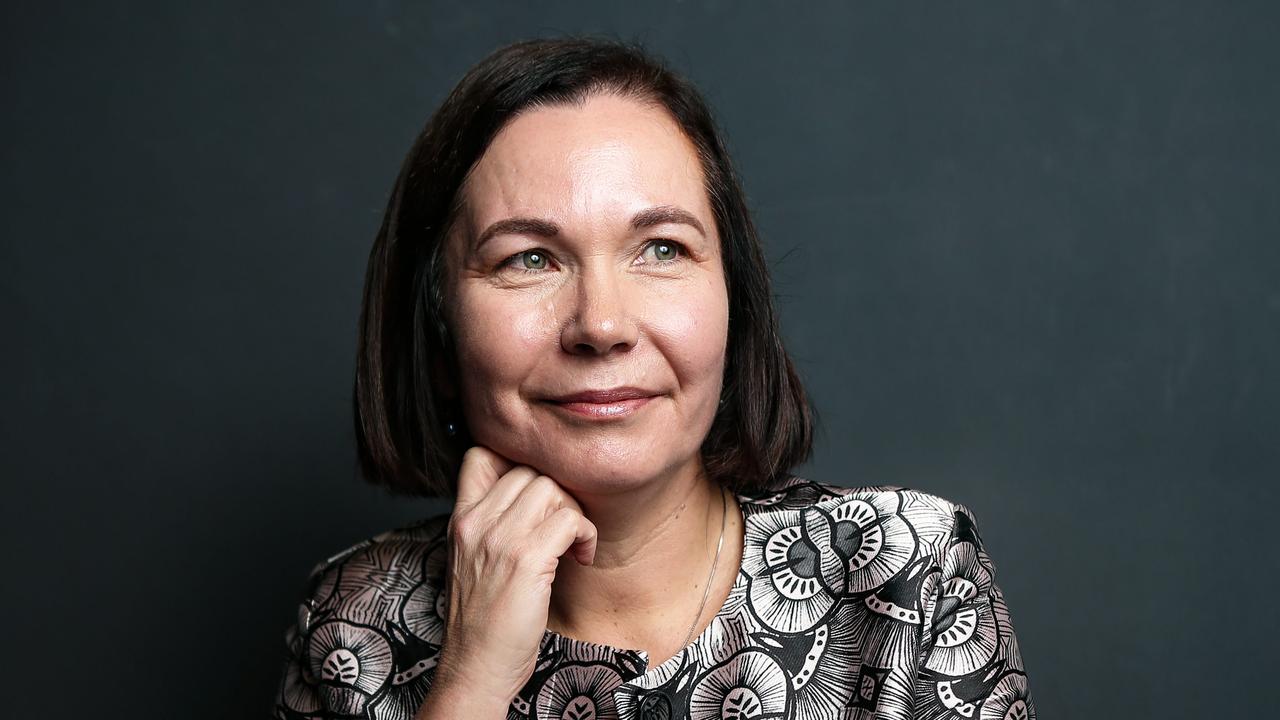Ballarat suffered an epidemic of child rape and torment
Nowhere in Australia has there been more institutional child sex abuse than in Ballarat.
Today the Royal Commission into Institutional Responses to Child Sex Abuse begins public hearings in Ballarat. It is a Herculean task.
Much but not all of the abuse occurred within the ecclesiastical jurisdiction of the Catholic Church’s Ballarat Diocese. The Royal Commission has examined profound failures to protect children in a range of institutions, religious and secular, government and non-government. This time it must deal with the sordid business of Catholic clerical abuse within the Ballarat Diocese.
The Ballarat Diocese extends across most of western Victoria, from Portland in the southwest of the state along the south coast, excluding Geelong, all the way north to the border city of Mildura in the state’s northwest corner. There is not a country town or city in that vast geographical space not affected by clerical child sex abuse.
It was an epidemic of rape and torment of children. I have ventured that nowhere in Australia has there been more institutional child sex abuse and as far as I know nowhere else on the planet.
Some of the culprits are well known. There is Gerard Ridsdale, a now laicised priest serving an 18 year jail sentence. By his own admission he counts his victims in the hundreds. There is Christian Brother, Robert Best jailed for 14 years. Many of his victims lived in the Ballarat diocese.
And finally there is Monsignor John Day, a name that has stubbornly refused to seep into the national consciousness. Day has been the subject of more than a hundred Towards Healing claims. He was a pedophile who monstered children for five decades in Horsham, Ballarat, Apollo Bay, Beech Forest, Colac, Ararat and Mildura.
The precise numbers of his victims will never be known but an estimate of five hundred is not an exaggeration. In my view Day is Australia’s most prolific sex offender. He died unrepentant and unpunished in 1978.
It is more than an academic exercise to determine why the Ballarat Diocese became the epicentre of institutional child sex abuse in this country. There were successive bishops who allowed clerical pedophilia to flourish. When the protests in communities became too loud, these bishops simply moved priests like Day and Ridsdale on to other parishes and onto more unsuspecting children.
But there are other reasons and these too must be examined.
In its submission to the Victorian Parliamentary on the Handling of Child Sex Abuse by Religious and Other Non-Government Organisations, Victoria Police identified more than 300 victims and some 86 offenders going back to the 1950s. The real figure is much higher and a rule of thumb is that for every offence reported or known, four will go unreported and remain unknown.
The submission also stated that the church had not reported a single case of sex abuse to VicPol in half a century. This is wrong and I know it to be so.
Two years ago I co-authored a book with Denis Ryan, a retired detective with Victoria Police. The book, Unholy Trinity, is Ryan’s account of his attempt to bring Day to justice. In 1971 Day’s offending was brought to the attention of Ryan formally by the headmistress at St Joseph’s College in Mildura, Sister Pancratius, now deceased, and a senior teacher at the school, John Howden who lives in Melbourne.
By any measure, that counts as a report.
Ryan began investigating Day and initially obtained five statements from victims. At that point, he approached the local area Chief Superintendent based in Swan Hill to tell him of the extent of his inquiries, believing there was sufficient evidence if not to charge Day then at least to step up the investigation of the priest. That is when the excrement hit the oscillator.
Ryan was warned off the investigation by his Chief Super but he would not be deterred so easily and continued interviewing victims and ultimately obtained 13 victim statements and one witness statement.
Ryan’s refusal to let the matter rest led to the intervention of the Victoria Police Chief Commissioner’s top investigator, Detective Chief Superintendent John O’Connor. O’Connor would go on to become an Assistant Commissioner with VicPol. Ryan asserts O’Connor offered him a promotion as an inducement to run dead on the investigation and when Ryan declined, O’Connor turned on him, effectively ostracising Ryan from his work colleagues and recommending Ryan be given a transfer he knew Ryan would not accept.
O’Connor prepared a report to the Chief Commissioner claiming he had interviewed all of the 14 victims Ryan had obtained statements from and on that basis determined there was insufficient evidence to proceed.
Some of those fourteen people are now deceased and some could not be found but Ryan and I spoke to seven of those who had provided statements to Ryan in 1971-72 and only one had been interviewed by O’Connor. That person claimed that O’Connor had stood over him demanding he recant his evidence but he refused to do so. O’Connor died in 2012.
O’Connor and his sidekick, Detective Chief Inspector Harvey Child visited Bishop Ronald Mulkearns in Ballarat on 30 January, 1972. Ryan had previously alerted Mulkearns to Day’s offending but Mulkearns had refused to act. What we know of the meeting between O’Connor, Child and Mulkearns is the bishop immediately removed Day from the Mildura Parish after his 15 squalid years there.
After a period of repentance that included five-star accommodation in Chicago and six months of prayer at a monastery in Portugal, Day was let loose on another unsuspecting community, this time the tiny parish of Timboon, 50 kilometres east of Warrnambool where he remained until his death.
O’Connor and Child interviewed Day one more time in Melbourne. I have read the transcript of that interview and it appears obvious the two senior police officers knew of Day’s manifest crimes against children. But that was it. Day was not charged. No further inquiries were made. The case was closed.
The great irony is that Ryan was and remains a man of devout faith in the Catholic Church. He was a police officer in a time when the force was split along the old Australian sectarian divide — one half of the force was Protestant (and many of those freemasons), the other half, Catholic. Ryan’s faith was well known in the force going back to his days at the academy. In 1960, two years after he had become a detective, he was approached by a senior detective who was also a Catholic and who asked Denis to join a shadowy group within the force.
Ryan was told the group took their instructions “from the cathedral” and their job was to ensure priests would not come to grief in the courts. Ryan thought this meant traffic and public order offences but he didn’t like the sound of it and declined the invitation. He would only learn of the full scope of the wickedness of the group after he set upon investigating the monster, Monsignor John Day.
The best thing about publishing a book like Unholy Trinity is that it sits as a permanent account. Almost two years after it first made its way to bookstores, there has not been one murmur of protest, not one suggestion of factual inaccuracy or one assertion refuted.
I spent hours interviewing victims, witnesses and ex-police officers. I received the assistance from the Mildura parish priest and from lay workers at the diocesan offices in Ballarat. Ryan and I had the moral support of wonderful priests like Fr Kevin Dillon and Fr Pat Mugavin. There were many people within the Church who wanted the story to be told warts and all. It was a reminder when one was genuinely needed that the Church has so many fine people within it.
Neither Ryan nor I received any help from Victoria Police.
I have no doubt police are much better at investigating child sex offending now and the old sectarian split in the force has largely gone but there remains a stubbornness to accept the mistakes of the past.
The unhappy history is that no Catholic cleric was convicted of child sex offending in Victoria until 1979 when Michael Glennon was first brought before the courts. The second conviction would come thirteen years later when Ridsdale stood before a judge and finally the flood gates opened.
People might assume there were so few convictions when clearly there was a hell of a lot of offending going on because the Church was so good at covering up for its offending clerics. Ryan’s story reveals that is only part of the picture.
As the Royal Commission sets to work in Ballarat it is clear it has more than one institution to train its eye on.
An extract of Unholy Trinity was published in The Weekend Australian on June 22, 2013.



